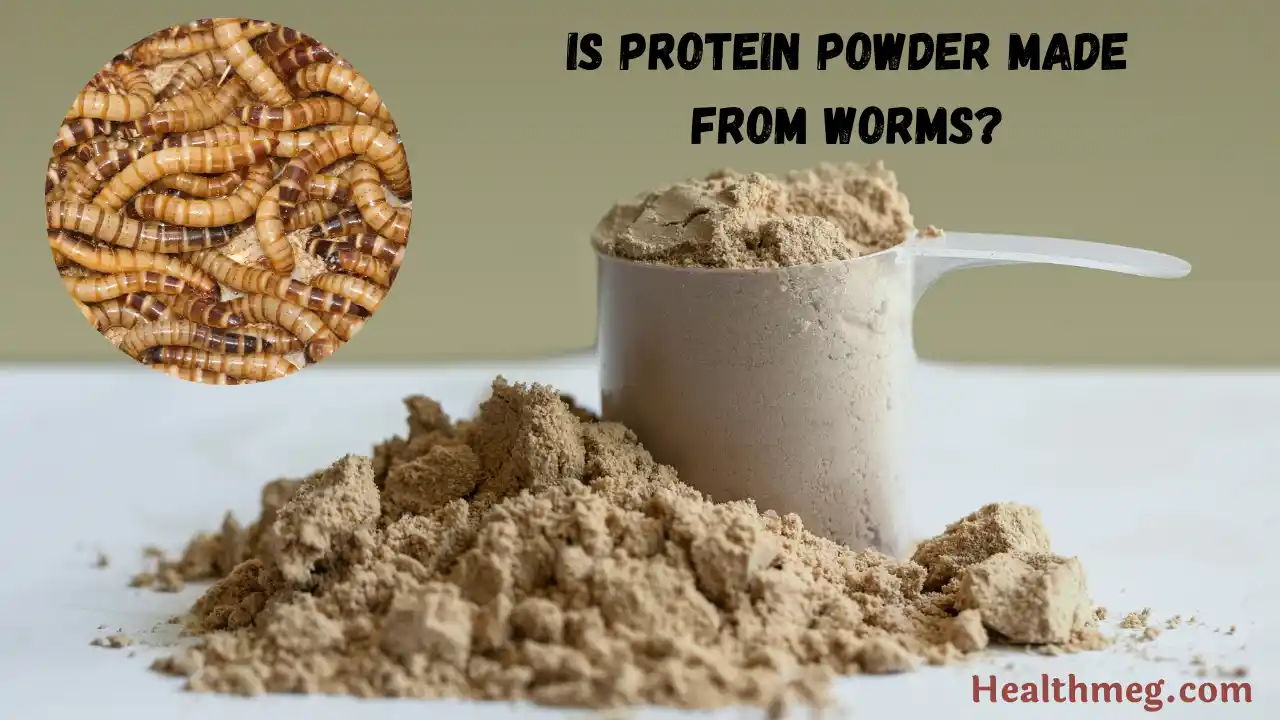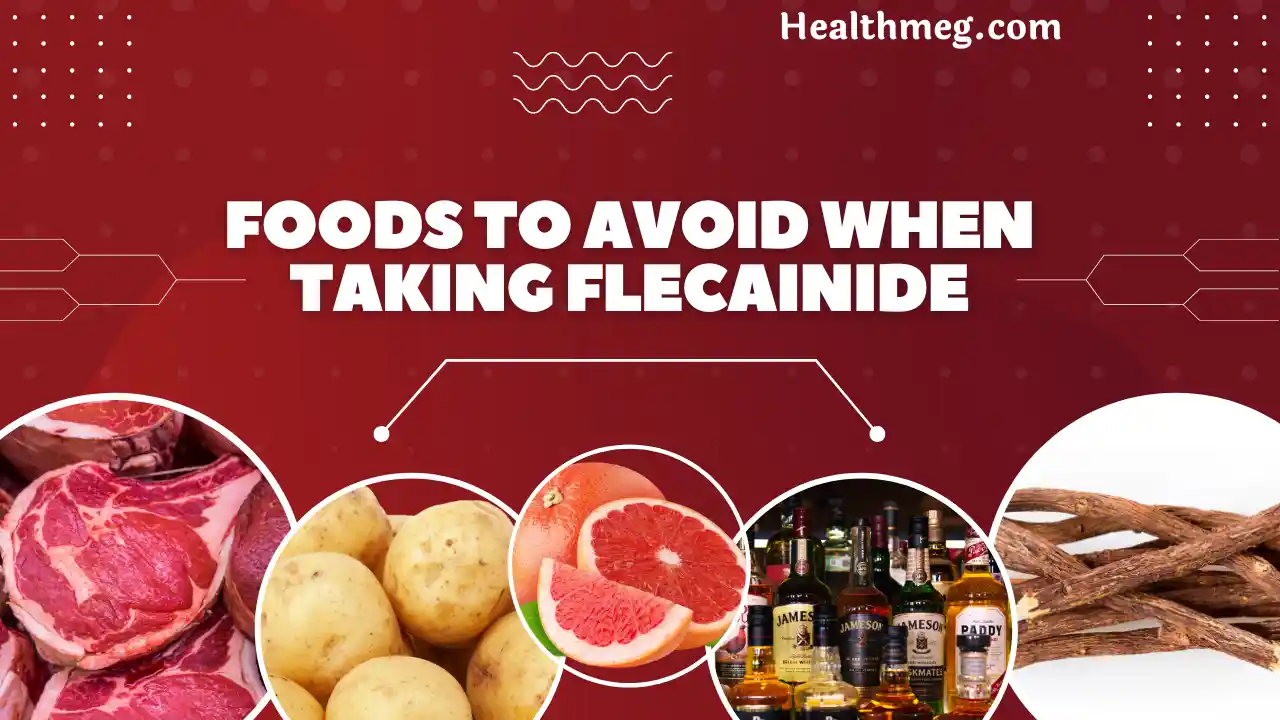Have you ever heard someone say that protein powder is made from worms? It might sound strange, but it’s actually a common misconception! While there are indeed protein powders made from insects like crickets, worms are not typically used in protein supplements.
This article will dive into the world of protein, exploring some interesting facts about it. We’ll answer the question about Is Protein Powder Made From Worms and discuss other protein sources you might be familiar with. So, get ready to learn something new!
Do read the People Also Ask (FAQs) about this topic.
What is Worm Protein?
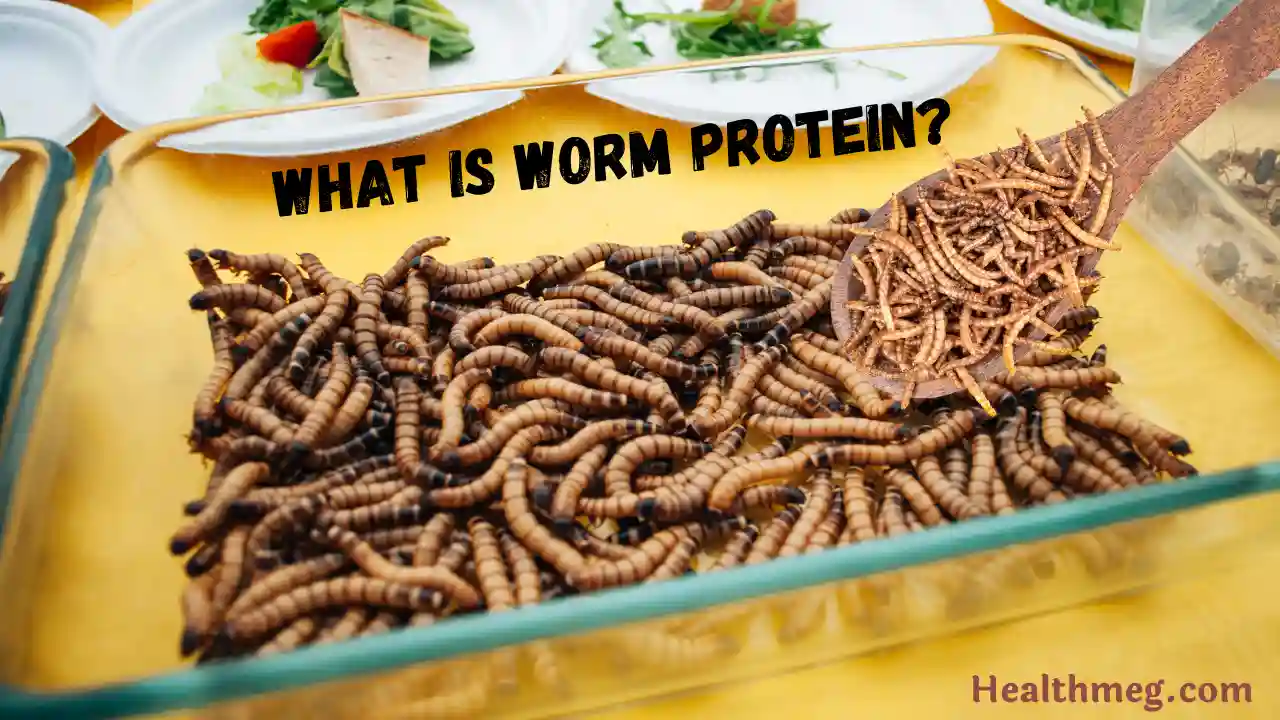
While the idea of “worm protein” might sound strange, it actually refers to protein powder derived from insects like crickets and mealworms. These insects are raised in controlled environments for the sole purpose of protein production. This process generally involves:
- Breeding: Crickets and mealworms are bred in large, clean facilities to ensure a consistent supply.
- Raising: The insects are raised on a carefully monitored diet to promote their growth and ensure their health.
- Harvesting: Once they reach maturity, the insects are humanely harvested.
- Processing: The harvested insects are then cleaned, dried, and ground into a fine powder, creating a protein supplement.
However, we will discuss this process in detail in the article. But it’s important to note that while “worm protein” is a common term, it’s not entirely accurate. Technically, these insects are not worms but belong to different insect orders. However, the term “worm protein” has become somewhat synonymous with insect-based protein powder in popular culture.
What are the Functions of Proteins in the Body?
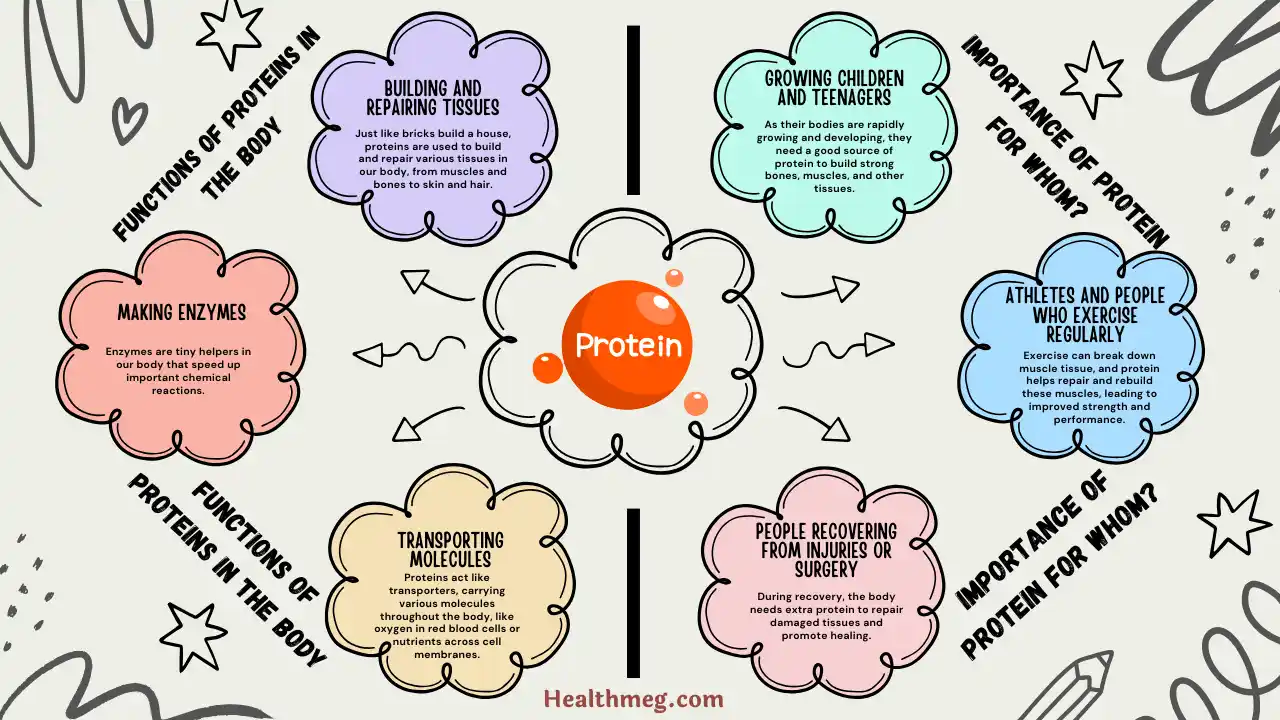
Proteins are like tiny building blocks that play essential roles in our bodies. They are responsible for a wide range of functions, including:
- Building and repairing tissues: Just like bricks build a house, proteins are used to build and repair various tissues in our body, from muscles and bones to skin and hair.
- Making enzymes: Enzymes are tiny helpers in our body that speed up important chemical reactions. Think of them as the chefs in a kitchen, making sure everything runs smoothly. Proteins are crucial for creating these enzymes.
- Transporting molecules: Proteins act like transporters, carrying various molecules throughout the body, like oxygen in red blood cells or nutrients across cell membranes.
These functions are crucial for everyone, but protein becomes especially important for certain individuals:
- Growing children and teenagers: As their bodies are rapidly growing and developing, they need a good source of protein to build strong bones, muscles, and other tissues.
- Athletes and people who exercise regularly: Exercise can break down muscle tissue, and protein helps repair and rebuild these muscles, leading to improved strength and performance.
- People recovering from injuries or surgery: During recovery, the body needs extra protein to repair damaged tissues and promote healing.
By understanding the various functions of proteins, we can appreciate their importance in maintaining good health and supporting our body’s needs throughout different stages of life.
Is Protein Powder Made From Worms?
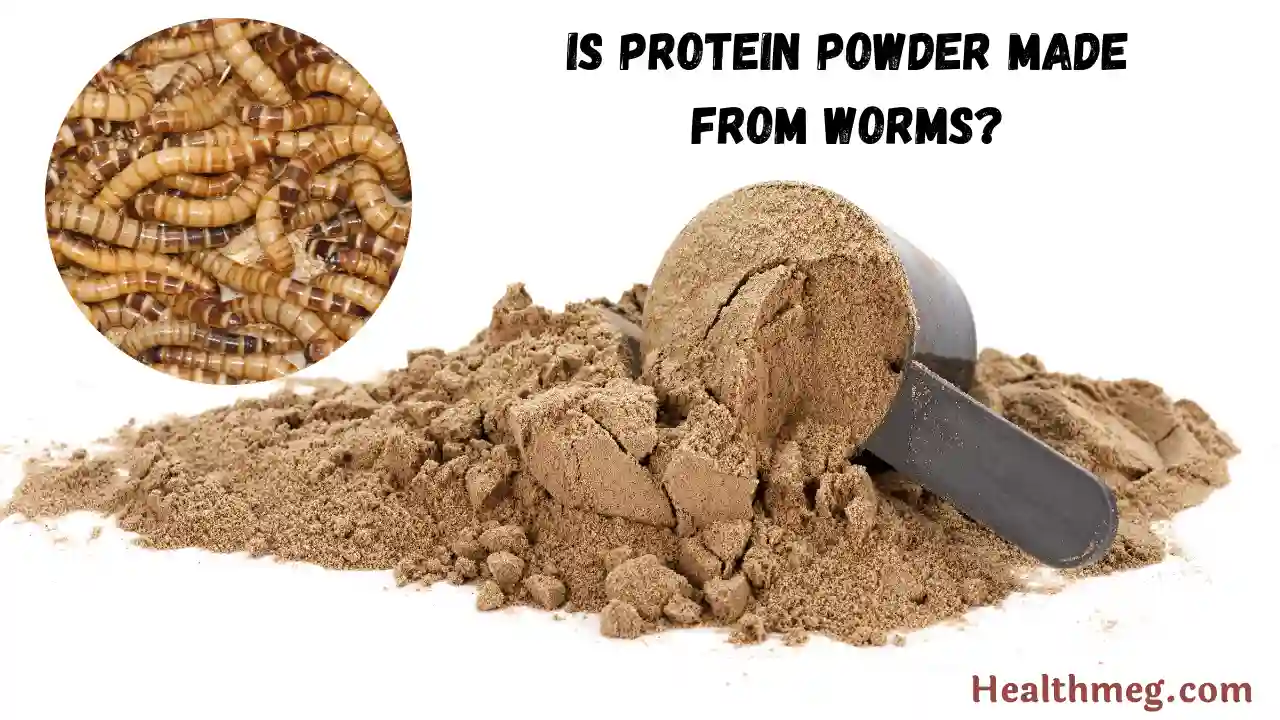
Yes, protein powder can be made from worms (insects like crickets and mealworms). However, it’s crucial to clarify a common misconception: these insects are not technically worms.
Crickets and mealworms belong to different insect orders (Orthoptera and Coleoptera, respectively) and are distinct from true worms (phylum Nematoda). Nonetheless, the term “worm protein” has become widely used in casual conversation to refer to protein derived from insects.
Here are some scientific sources supporting this fact:
- A study published in the Journal of Agricultural and Food Chemistry analyzed the nutritional composition of cricket protein powder, demonstrating its high protein content and the presence of all essential amino acids
- Studies have shown that insect protein can be a sustainable and efficient source of protein, requiring less land and resources compared to traditional livestock farming.
Additionally, Research suggests that insect protein can be a complete protein source, meaning it contains all nine essential amino acids that our bodies cannot synthesize on their own
However, it’s important to note that insect protein powder is not yet as widely available or consumed as other protein sources like whey or soy. Further research is also needed to fully understand the long-term health effects and potential allergens associated with insect protein consumption.
Is protein powder made from mealworms?
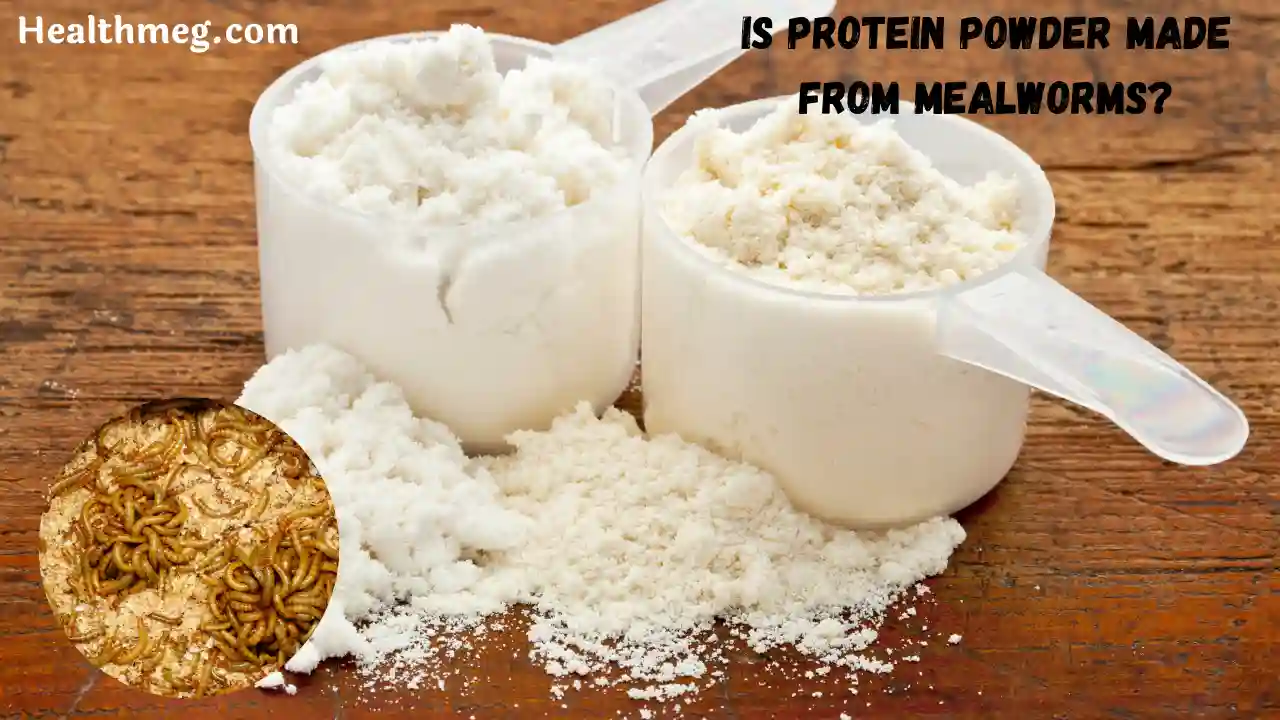
While it’s true that protein powder can be made from mealworms, it’s important to understand that they are not the most common type of protein powder available on the market. Currently, the most widely used protein powders come from other sources, including:
- Whey protein: Derived from milk, whey protein is a popular choice due to its high digestibility and complete amino acid profile.
- Soy protein: A plant-based alternative, soy protein is a good option for vegetarians, vegans, or those with lactose intolerance.
- Pea protein: Another plant-based option, pea protein is gaining popularity due to its hypoallergenic properties and potential health benefits.
Although mealworm protein powder offers potential benefits in terms of sustainability and nutrition, its availability and widespread use are currently lower compared to these other established protein sources. It’s crucial to note that research on insect-based protein is still ongoing, and its future popularity may change as the market evolves.
What are the potential benefits of worm protein?
While research into insect-based proteins is still developing, several potential benefits associated with worm proteins have emerged:
1. Sustainability:
Compared to traditional livestock farming, insect production for protein can have a lower environmental impact. Studies suggest that raising insects requires less land, water, and greenhouse gas emissions compared to raising cattle, pigs, or poultry.
This makes insect protein a potentially more sustainable source of protein in the future, especially as the global population continues to grow.
2. High protein content:
Worm protein, like other insect protein sources, is generally high in protein. Studies indicate that the protein content of insect powder can be comparable to other popular protein sources like whey or soy protein. This potentially makes them a suitable option for individuals seeking to increase their protein intake.
3. Complete amino acid profile:
Some research suggests that worm protein may be a complete protein source, meaning it contains all nine essential amino acids that our bodies cannot synthesize on their own. This makes it a potentially valuable option for individuals seeking complete protein sources from non-animal sources.
It is important to note that these potential benefits are based on ongoing research, and further studies are needed to fully understand the long-term health effects and overall effectiveness of worm protein compared to other protein sources.
Methods used in Worm Protein Production
The production of worm protein, primarily from crickets and mealworms, involves two main stages:
1. Farming:
- Controlled environments: Insects are raised in specially designed and monitored facilities. These facilities aim to ensure hygiene, control temperature and humidity, and provide the insects with proper nutrition.
- Breeding and growth: Carefully managed breeding programs ensure a consistent supply of insects. The insects are fed a controlled diet to promote their growth and health.
- Sustainable practices: Some producers aim to incorporate sustainable practices into their farming operations. This might involve using recycled materials for housing, minimizing water usage, and implementing waste management strategies.
2. Processing:
- Harvesting: Once the insects reach maturity, they are humanely harvested.
- Drying and grinding: The harvested insects undergo a drying process to remove moisture and prevent spoilage. This is often followed by grinding them into a fine powder, creating the final protein supplement.
Why is there growing interest in worm protein?
While some may believe worm protein is rapidly gaining popularity, it’s important to clarify that it’s not necessarily “more popular” than other established protein sources like whey or soy at present. However, there is a growing interest in worm protein, potentially driven by the following factors:
1. Growing awareness of sustainability issues:
With increasing awareness of the environmental impact of traditional livestock farming, individuals may be exploring sustainable protein alternatives. Studies suggest insect-based protein production requires less land, water, and resources compared to conventional methods.
2. Seeking alternative protein sources:
As dietary trends and preferences evolve, some individuals might be seeking alternative protein sources beyond traditional animal products. This could include individuals who follow plant-based diets, those seeking variety, or those interested in exploring new protein options.
3. Potential health benefits:
While research on the long-term health effects of worm protein is still ongoing, some potential benefits are being explored. This may include its high protein content, potential completeness of essential amino acids, and potential contribution to a more sustainable food system.
It is important to note that the popularity of worm protein is still evolving and may increase in the future as research progresses, production methods improve, and consumer awareness grows.
What does the future hold for worm protein?
The future of worm protein, primarily derived from crickets and mealworms, is still unfolding with significant potential for growth. Several factors could contribute to its future trajectory:
1. Increased research and development:
As research on insect-based protein continues, we may gain a deeper understanding of its nutritional profile, potential health benefits, and long-term safety. Additionally, research efforts might focus on optimizing production methods to enhance efficiency, sustainability, and consumer appeal.
2. Growing consumer awareness and acceptance:
As awareness about the potential environmental benefits of worm protein increases, it may lead to greater consumer acceptance and willingness to try this novel protein source. Additionally, with the growing popularity of alternative protein options, worm protein could potentially carve out a niche within the broader protein market.
3. Potential for wider adoption as a sustainable protein source:
If research confirms the sustainability advantages of insect farming compared to traditional livestock, and consumer acceptance continues to grow, worm protein could become a more widely adopted protein source in the future. This could contribute to a more sustainable food system by offering an alternative approach to meeting global protein demand.
It’s important to remember that predicting the future is inherently uncertain, and the actual trajectory of worm protein will depend on various factors, including ongoing research, consumer preferences, market forces, and regulatory decisions. While the potential for growth is promising, it’s crucial to avoid making definitive statements or guarantees about its future without reliable sources.
Conclusion
We’ve explored the world of protein, learning about its crucial functions in our bodies and the various sources available. While the idea of “worm protein” might spark curiosity, it’s important to remember that most protein powder doesn’t come from worms. Different sources, like whey, soy, or pea protein, offer diverse options to fulfil individual needs.
Remember, each protein source has its own unique benefits and considerations. While worm protein holds potential, especially in terms of sustainability, it’s currently not the most common type. Exploring reliable sources and consulting a healthcare professional can help you choose the protein source that best suits your dietary needs and health goals.
People Also Ask (FAQs)
Is all protein powder made from worms?
No, most protein powder on the market does not come from worms. Common protein sources include whey (derived from milk), soy, and pea protein. While “worm protein” exists and is made from insects like crickets and mealworms, it is not yet as widely available or consumed as the previously mentioned sources.
Is worm protein powder healthy?
The potential health effects of worm protein are still being researched. While some studies suggest it could be a good source of protein and contain all essential amino acids, more research is needed to understand its long-term health effects and safety. It’s always advisable to consult a healthcare professional before adding any new supplement to your routine.
Is worm protein powder sustainable?
Studies suggest that insect farming for protein production may have a lower environmental impact compared to traditional livestock farming. This is because insects require less land, water, and resources to raise. However, the overall sustainability of worm protein production depends on various factors, and further research is needed to fully assess its environmental footprint.
Does worm protein powder taste good?
The taste of worm protein powder can vary depending on the processing methods. While some find it neutral or slightly nutty, others might find the taste less appealing. Generally, it’s recommended to mix worm protein powder with other ingredients like fruits or vegetables in smoothies or shakes to mask the taste.
Where can I buy worm protein powder?
Worm protein powder is not yet as widely available as other protein sources. You might find it in some specialized health food stores or online retailers. It’s important to choose reputable vendors and ensure the product is properly sourced and processed.
Should I switch to worm protein powder?
Whether or not to switch to worm protein powder depends on your individual needs and preferences. Consider factors like your dietary goals, allergies, sustainability concerns, and taste preferences before making a decision. Consulting a healthcare professional for personalized advice is always recommended.
